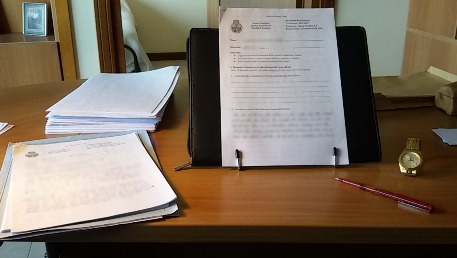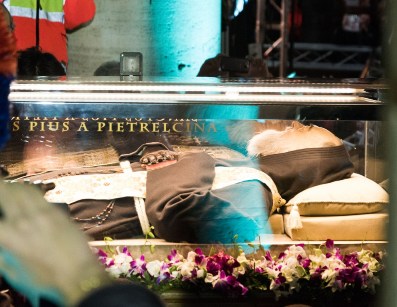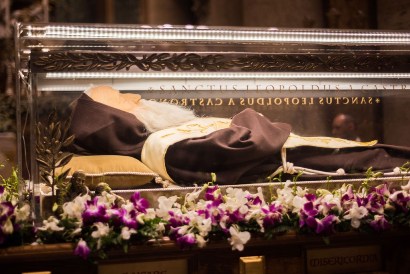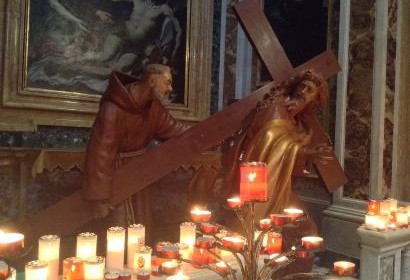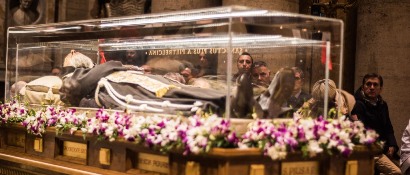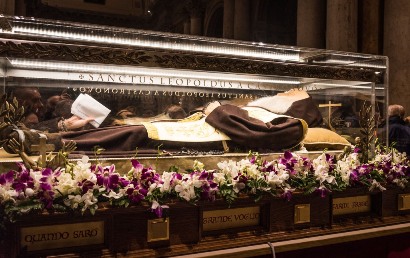A Stanford professor giving a presentation at Stanford’s Center for Teaching and Learning once recalled an interview he’d heard with a supermodel who said that if she wasn’t so beautiful she’d be a teacher. It evoked a nasty expression floating around: “Those who can, do. Those who can’t, teach.” I’m sure there was some resentment toward school in whoever coined that saying. Exams for the first semester have just ended at my university, and it’s time to correct exams and grade not only the students, but the teacher. If they don’t learn I have to also examine if there was anything in my teaching that could have been better. It occurred to me, now that I have corrected 63 written exams and have only 8 to go (along with some make-up quizzes) to share a glimpse under the hood of teaching by sharing my exam correction “station”:
I’m sure I’m also letting my muse wax literary because after considering the same set of questions and the students answers to them 63 times throughout the week it’s good to get a mental breath of fresh air. I have retouched the photo to blur out anything identifying the students or their answers, since everyone is innocent until proven guilty. The top left stack are the exams already corrected; the bigger that stack gets, the more relieved the teacher gets (or the more alarmed, depending on how the students did). The bottom left are the exams to be corrected (small, which is inversely proportional to the hope elicited by having so few left). On the chopping block at center is the next victim, I mean, exam, to be corrected, with a pen carefully chosen for its vivid red ink for practical and symbolic reasons too lengthy to dwell on. The exam under scrutiny is poised upright for ergonomic correctness and to avoid back strain hunching over exams, not to mention the psychological imprudence of hunching over your students work. A computer is off-camera to the left in case I need to confirm the occasional fact, but since I’ve given the course for four years, most of it is in my head already. I also have a “Smile, Jesus Loves You” pencil normally positioned nearby (it is the Year of Mercy, after all).
Every answer is like every student: a universe. I try to impart knowledge and to encourage not only retention, but learning and reason, and each answer shows where the student is on that scale with regard to the question at hand. Does he understand the question? Is there a learning or language difficulty (everyone in my course must know Italian, but only a handful are Italian)? Did he study? Did he do the prescribed reading? Did he attend class? Did he pay attention in class? Did he take notes? Is there a learning or language difficulty (depending on how the answer is going that question may come to mind more than once)? As you read the answer you can discern invention, memorization, fiction, desperation, and innovation, but the main thing any teacher wants to see is learning. In the case of teaching theology you also have to assess whether the answer reflects what Revelation (Scripture and Tradition) has said regarding the question, not just personal reflections lacking a Biblical or doctrinal foundation, and be on guard out for unwitting heresy, apostasy, and schism (they’ll have years of study to do it wittingly, so you have to head them off at the pass).
The degree of learning is not only the student’s grade, but the teacher’s as well. It’s a team effort; if either doesn’t do his share, learning does not happen. There are students who do better and students who do worse. Some students play a good game in the short, succinct answers, but then don’t go the distance on the essay question. I have the ideal answer in mind, and their answer satisfies me, disappoints me, shocks me, or surprises me (in a good way). Every time exams come around, but especially during the Year of Mercy everyone reminds the teacher to be merciful to the students. Fair enough, but mercy normally requires contrition and a firm purpose of amendment. The answer often reveals whether those elements are present.
I like to think that those who draw close to the ideal answer have learned, but the few who have surprised me with a good answer looking at the question in a fresh way show they have learned and learned to reason. No teacher can ask for more.

